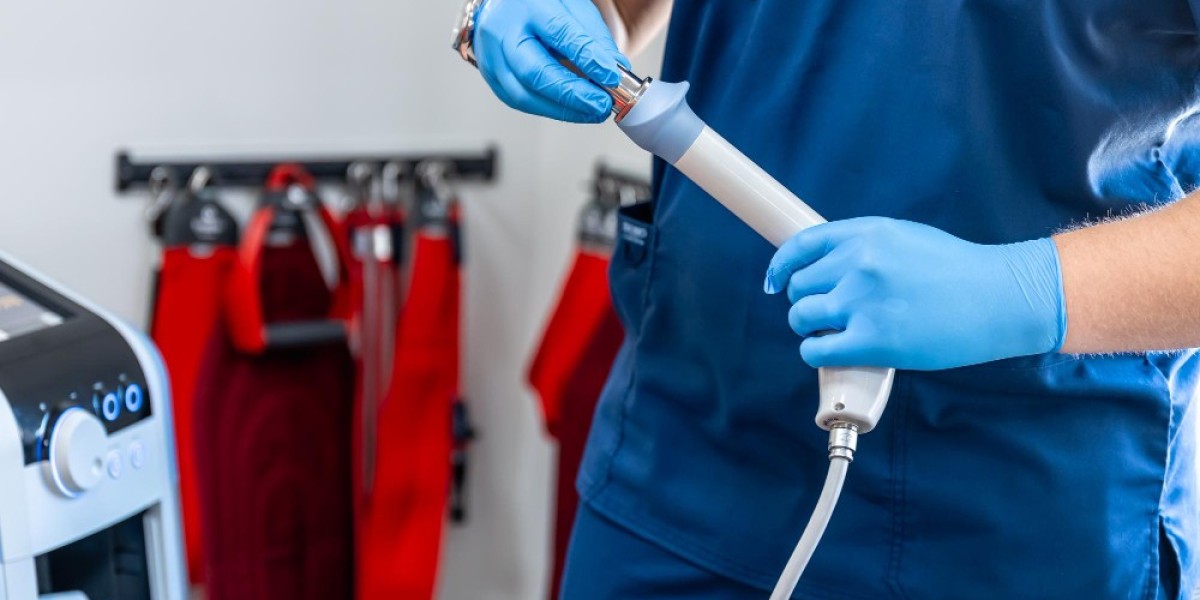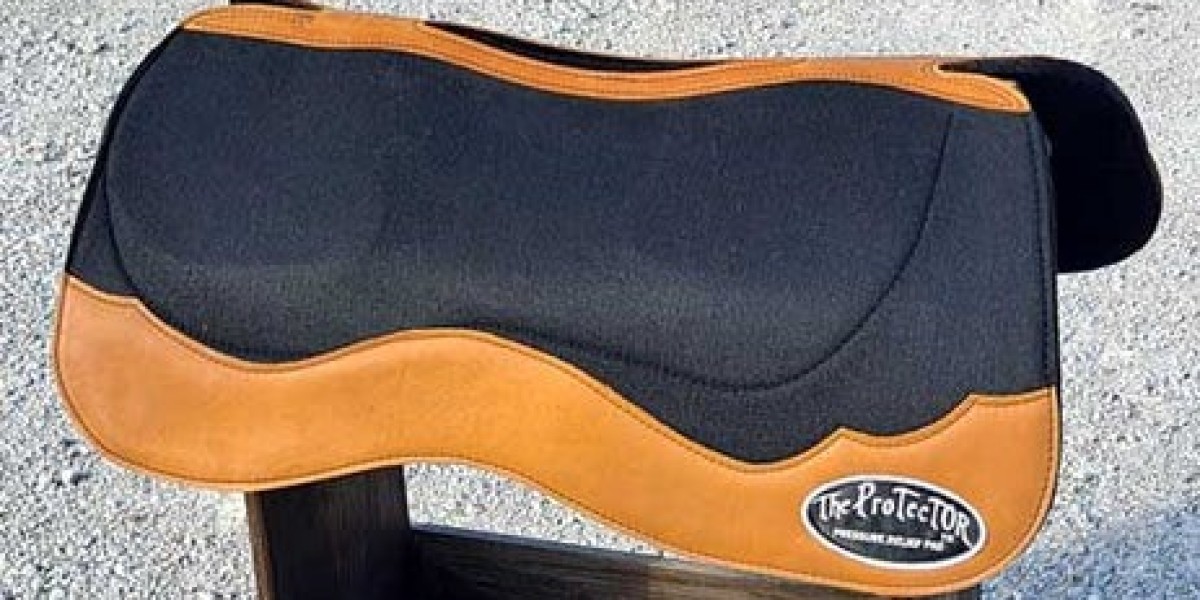Understanding the Fundamentals of Unilateral Biportal Endoscopy
Unilateral Biportal Endoscopy (UBE) represents a significant advancement in minimally invasive spine surgery techniques that has gained substantial traction among spine surgeons over the past decade. This innovative approach utilizes two separate small portals: one for the endoscope and another for surgical instruments. Unlike traditional open surgeries requiring extensive muscle dissection or single-portal endoscopic techniques with limited maneuverability, UBE offers the perfect balance between surgical effectiveness and minimal invasiveness. The technique employs continuous irrigation through the endoscopic portal, creating a clear visual field while simultaneously reducing bleeding and potential infections.
The separate working portal allows surgeons to use conventional instruments familiar from open surgery, but through a much smaller incision. This dual-portal system creates a triangulation effect similar to arthroscopic surgery, providing better depth perception and allowing more complex procedures to be performed with greater precision and control. The learning curve, while initially steep, becomes manageable with proper training and experience, making
Unilateral Biportal Endoscopyincreasingly accessible to spine surgeons worldwide who seek to provide their patients with cutting-edge, less traumatic surgical options.
The Historical Evolution of Spine Endoscopy Leading to UBE
The journey toward Unilateral Biportal Endoscopy Analysis began in the 1980s with the pioneering work of Dr. Parviz Kambin, who first described the posterolateral approach to the lumbar spine using endoscopic visualization. Early attempts at spine endoscopy were limited by technological constraints, with rudimentary optical systems and insufficient lighting making complex procedures challenging. Through the 1990s and early 2000s, significant technological improvements in fiber optics, high-definition cameras, and specialized instruments gradually transformed spinal endoscopy from an experimental technique to a viable surgical option. The single-portal endoscopic technique gained popularity first but presented limitations in instrument maneuverability and surgical freedom. In response to these challenges, South Korean neurosurgeons in the early 2010s developed and refined the biportal approach, drawing inspiration from arthroscopic techniques used in orthopedics. Their innovation addressed many limitations of single-portal techniques while maintaining minimal invasiveness. The technique was further refined and standardized over the subsequent decade, with important contributions from surgeons across Asia, Europe, and the Americas. Each modification enhanced surgical effectiveness, reduced complications, and expanded the range of treatable pathologies. Today's UBE represents the culmination of this evolutionary process, embodying decades of technological advancement and surgical innovation aimed at improving patient outcomes while minimizing surgical trauma.
Technical Aspects and Surgical Procedure of UBE
The execution of Unilateral Biportal Endoscopy requires meticulous planning and precise technique. The procedure typically begins with the patient positioned prone on a radiolucent table under general anesthesia, though some surgeons perform UBE under epidural anesthesia for select cases. After careful fluoroscopic marking of the target level, two small incisions approximately 1cm in length are made about 1-2cm apart. The viewing portal is placed slightly more caudal and is used to insert a 0° or 30° endoscope connected to a high-definition camera system.
The working portal, positioned more cranially, accommodates various surgical instruments including rongeurs, drills, curettes, and specialized punches. Continuous saline irrigation flows through the endoscope portal and exits through the working portal, creating a clear visual field while preventing tissue debris accumulation. The procedure continues with the careful removal of soft tissue to expose the lamina and facet joints. For discectomy cases, partial laminotomy and flavectomy are performed to access the spinal canal and expose the herniated disc material. In decompressions for stenosis, more extensive bone work may be required.
Throughout the procedure, real-time endoscopic visualization allows surgeons to identify and protect neural structures with exceptional clarity. Hemostasis is achieved using radiofrequency wands or bipolar coagulation through the working portal. Once the decompression or discectomy is completed and confirmed with both direct visualization and fluoroscopy, the instruments are removed, and the small incisions are closed with absorbable sutures, often requiring no external stitches.
Clinical Applications and Expanding Indications for UBE
Originally developed for lumbar disc herniations, the applications of Unilateral Biportal Endoscopy have expanded significantly as surgical expertise and technology have advanced. Today, UBE successfully addresses a wide spectrum of spinal pathologies across multiple segments of the spine. In the lumbar region, surgeons routinely perform discectomies for herniations, decompressions for spinal stenosis, and foraminotomies for foraminal stenosis. The technique has proven particularly valuable for central and lateral recess decompressions in patients with degenerative stenosis, offering comparable results to open surgery with significantly less muscle damage. In the thoracic spine, UBE allows for the management of disc herniations and mild stenosis without the significant morbidity associated with traditional approaches to this challenging region. More recently, cervical applications have emerged, with posterior cervical foraminotomies and laminectomies being performed successfully via biportal endoscopy. The frontier of UB
Get More Insights On- Unilateral Biportal Endoscopy
Get This Report In Japanese Language
Get This Report In Korean Language
About Author:
Priya Pandey is a dynamic and passionate editor with over three years of expertise in content editing and proofreading. Holding a bachelor's degree in biotechnology, Priya has a knack for making the content engaging. Her diverse portfolio includes editing documents across different industries, including food and beverages, information and technology, healthcare, chemical and materials, etc. Priya's meticulous attention to detail and commitment to excellence make her an invaluable asset in the world of content creation and refinement.
(LinkedIn- https://www.linkedin.com/in/priya-pandey-8417a8173/)



